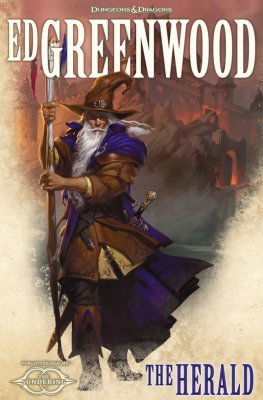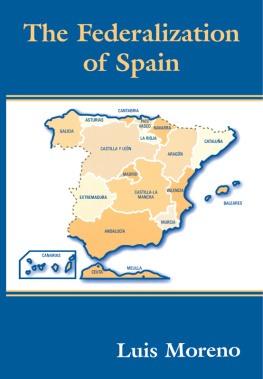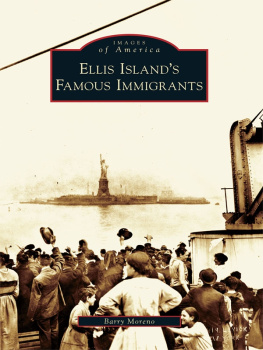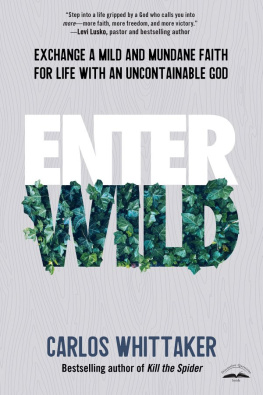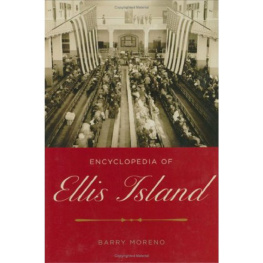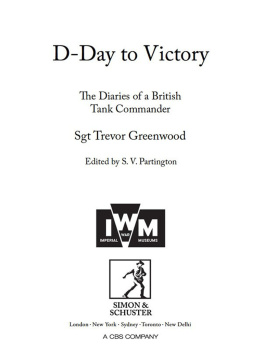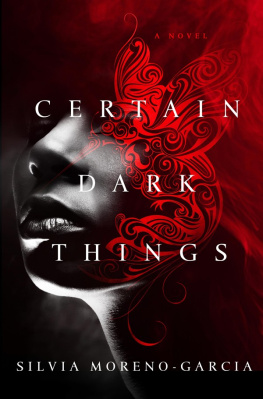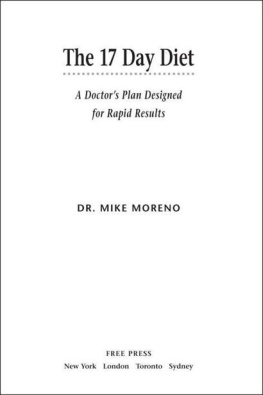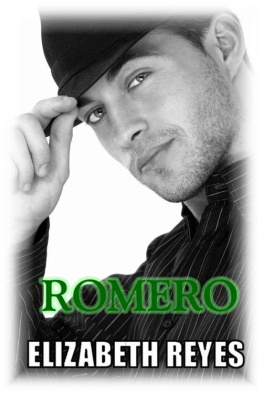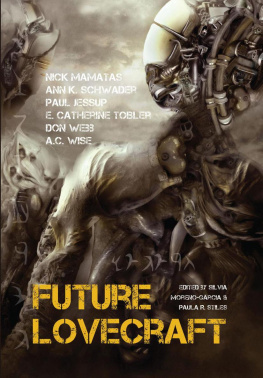


thevictoryofgreenwood.com facebook.com/thevictoryofgreenwood
twitter.com/greenwood1922 instagram.com/victoryofgreenwood
Copyright 2021 Carlos Moreno
All rights reserved. No part of this publication may be reproduced, stored in a retrieval system, or transmitted, in any form or by any means, electronic, mechanical, photocopying, recording, or otherwise, except as permitted under Section 107 or 108 of the United States Copyright Act, without the written permission of the author.
For information, address Spark Collaborative, LLC., 417 West 7th St. Suite 201, Tulsa, OK sparkcreative. group
ISBN: 978-0-9755389-0-6
ISBN: 978-0-9755389-1-3 (e-book)
Published by Jenkin Lloyd Jones Press under the auspices of All Souls Unitarian Church Tulsa, Oklahoma
First Edition
Library of Congress Cataloging-in-Publication Data is available upon request.
Cover design by Trey Thaxton, goldmill.co
Book interior design by Mery McNett, merymcnett.com
Cover photograph: B. C. Franklin, Nashville, Tennessee, 1901, Calvert Brothers Studio Glass Plate Negative Collection, Tennessee State Library and Archives
Bulk purchases for promotional, educational, or business use, please contact your local bookseller or Spark Collaborative, LLC. (918) 760-2716 or email
Time is an enormous, long river, and Im standing in it, just as youre standing in it. My elders are the tributaries, and everything they thought and every struggle they went through and everything they gave their lives to, and every song they created, and every poem that they laid down flows down to me and if I take the time to ask, and if I take the time to see, and if I take the time to reach out, I can build that bridge between my world and theirs. I can reach down into that river and take out what I need to get through this world.
Utah Philips
This book is dedicated to James O. Goodwin, E. L. Goodwin, Jr., Louis Gray, Oklahoma State Representative Don Ross, J. Kavin Ross, Changa Higgins, Sean LeClair, Chief Egunwale Amusan, Gail Crum, Phillip Winfrey, and the rest of the team at the Oklahoma Eagle, 2002. Working on the special issue covering the 1921 Tulsa Race Massacre was an unforgettable experience for which I will be forever grateful.
Introduction
In 2002, I was called into Louis Grays office at the Oklahoma Eagle. Louis (Wah Sha Nompe) was the newspapers managing editor, an Osage member of the Deer Clan and tall-dancer, and the epitome of an elder journalist complete with copious cigarettes, coffee, and fierce opinions. His brother, Jim Gray, was also in the newspaper business, having founded the Native American Times in 1994. Id previously done some freelance graphic design work for the Eagle, an occasional website update or banner ad. This time, Louis was asking me if Id be willing to work on a much bigger project a special issue of the Eagle that would tell the history of the 1921 Tulsa Race Massacre. The state of Oklahoma released Report by the Oklahoma Commission to Study the Tulsa Race Riot of 1921 the previous year, but it had gotten very little press, wasnt widely circulated, and was a dense, academic, 200 pages long. The Eagles goal was to publish something more engaging and accessible for its readers.
Just as crucial as getting the story out was the fact that the Eagles publisher Jim Goodwin, a Notre Dame educated attorney, along with other Tulsa attorneys Leslie Mansfield, Jim Lloyd, and Sharon Cole Jones, had assembled a national 14-person legal team which included Adjoa A. Aiyetoro, Johnnie Cochran, and Charles J. Ogletree, Jr. to prepare a lawsuit against the City of Tulsa, the Tulsa Police Department, and the State of Oklahoma. The suit demanded reparations be made to the Massacres survivors and their descendants, as recommended in Oklahomas 2001 report. The special issue needed to be done in time to publicize the filing of the lawsuit in the U. S. District Court in Tulsa and raise public support for the cause. The papers in-house graphic designer, Sean LeClair, also Native American, was too busy working on getting the weekly to press on time, and Louis asked if I was interested in helping out. I immediately said yes.
I had no idea how to design anything in print. I learned how to create websites in 1996 while still at San Jose State University, part of the campus technology help desk staff when I wasnt in classes. I dropped out of school and moved to Tulsa in October 1998 to be with my then girlfriend, now wife (it worked out!), and after leaving a website design company on Brady Avenue (today Reconciliation Way), and then an internet consulting company, was looking for what to do next. There werent a ton of opportunities open in Tulsa for a 24-year-old Latino web designer. Id wanted to start my own design company, but banks and investors werent interested. The Tulsa Chamber didnt much care. And I wasnt having luck getting any clients. Greenwood what was left of it was the only place where business owners and nonprofit leaders took some time to listen to what I had to say. All my first web design clients were in Greenwood: I built web pages for the Greenwood Cultural Center, the Greenwood Chamber of Commerce, the Mabel Little House, A Pocket Full Of Hope, musician Lester Shaw, the Oklahoma Jazz Hall of Fame, and a few businesses in the neighborhood.
I left the meeting with Louis and drove straight to the bookstore to find a book on how to use Adobe PageMaker. I asked my friend and fellow graphic designer, Saif Khan, to get me a bootleg copy of the software so that I could start learning that weekend. I spent the following weeks learning about the history of Greenwood from Jim Goodwin, his older brother, journalist and photographer E. L. Goodwin, Jr., State Representative Don Ross (who had co-sponsored legislation to establish the Tulsa Race Riot Commission in 1997), and Rep. Ross son Kavin. Several other members of the Eagle staff and people in the community contributed to the creation of the special issue. It was printed in February 2003, at the same time the lawsuit was filed. The case was dismissed by the federal court in Tulsa and the Tenth Circuit Court of Appeals in 2003, and was denied a hearing by the U. S. Supreme Court in 2005.
Life moved on. Saif and I started the web design company Id wished for, Toydrum Inc., with another business partner, Rodney Giles. We started in a shared office with another company Id helped launch, a bilingual newspaper La Semana Del Sur. Jennifer and I were married in 2004, and our daughter was born in 2007. After a few years and a few great clients, Toydrum split up. Saif and I worked on a couple of last projects together before finally deciding that we both needed to start looking for regular jobs. During this time, we met Bishop Carlton Pearson. He and his staff, Nicole Ogundare, Cassandra Austin, David Smith, and Ben Shell, were working to support Bishop Carlton in publishing his first book, The Gospel of Inclusion.







